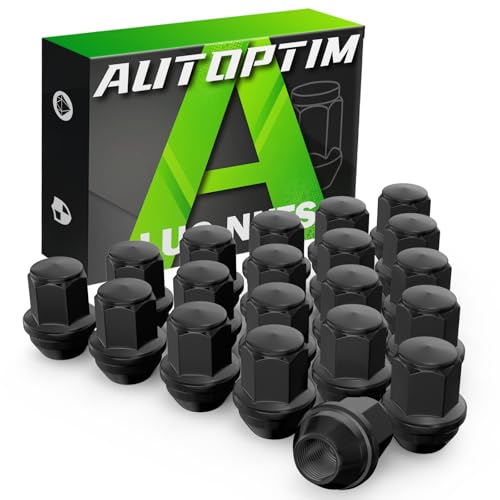You should not be looking at changing jets, just cleaning everything and getting it all back together. I have never done one of those carbs so I do not know exactly what is in there, but you will probably be surprised at how little is actually in there. The one thing to do is try to get a plastic utility pan, big enough for the carb to comfortably sit in. When you remove the top plate and the bottom plate of the carb, the carb may have one or more steel check balls, make sure that you look and see where they are and slowly turn the carb over to let them fall out by gravity and see where they came from, do this over the utility pan so that they do not go off into space and get lost. The instructions should tell you where they go, and you may even get replacements, but it is better to be safe than sorry. The balls may be of different size, and the instructions may not be too clear on this, although you probably cannot get them in the wrong holes as they would not fit. The most critical thing is to set the float height correctly, the instructions should give you a flat height setting, and probably even a small ruler to measure it. Make sure you set the floats at the correct height, and you should be good to go. If you are going to do this with just a couple of cans of carb cleaner, get the plastic tube that comes with the carb cleaner and make sure to inset that tube into every hole and orifice that you see in the carb and flush it if possible from both side of the hole/orifice. Best thing is to get the carb cleaner gallon, with the dip basket to clean all the parts thoroughly, but I have done tons of carbs with just carb cleaner with excellent results. Get some plastic glasses on as the brake cleaner will inevitably splash out of the carb and right into your eyes and it burns like a all hell broke loose.






















































